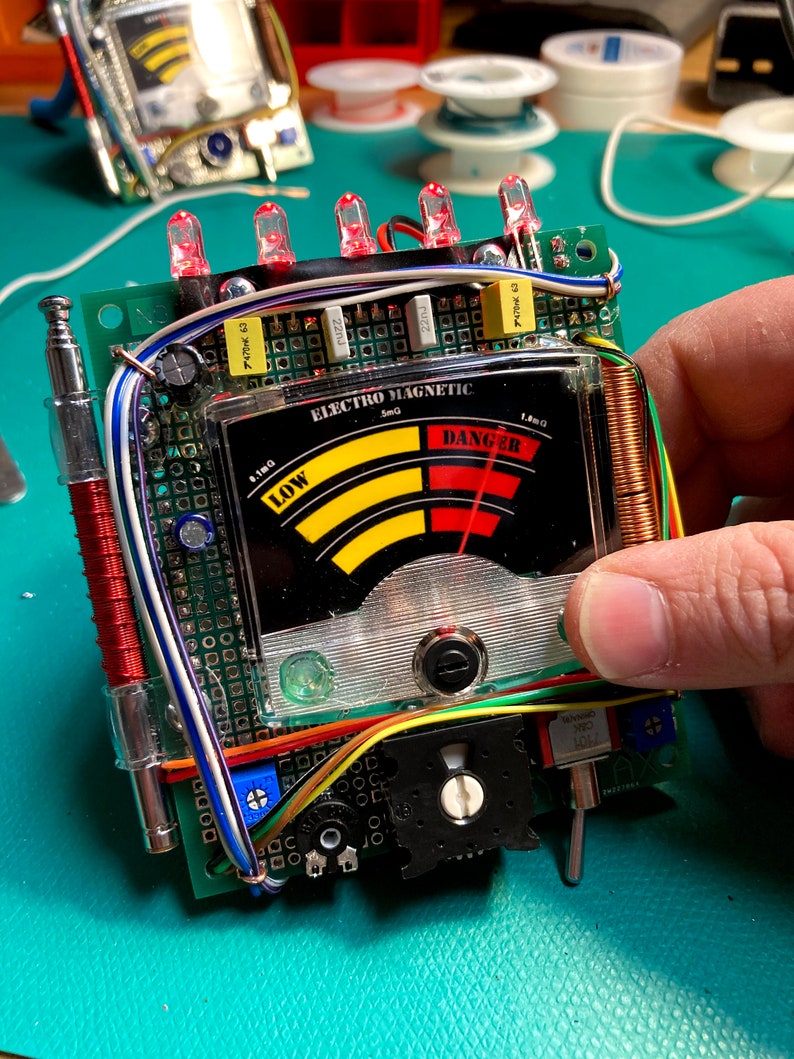Breathalyzers are devices utilized to approximate blood alcohol concentration (BAC), or blood alcohol level, by testing samples of someone’s breath. The most popular innovation involves alcohol molecules responding with chemicals in the device and producing an electrical existing which is measured and converted into a reading of their BAC. Other breath alcohol testers utilize infrared spectroscopy technology that measures how light transfers or absorbs through breath samples; portable systems exist as well as larger fixed devices utilized by police; modern-day breath alcohol testers were very first created in 1954 and first utilized throughout WWII.
The length of time can a breathalyzer find alcohol?
After somebody beverages, alcohol enters their bloodstream, distributes throughout their mouth, throat, stomach and intestines before entering their lungs where it is breathed out into the air. Because its carbon hydrogen bonds vibrate under infrared light; using this info to compute how much ethanol exists within their system, a breathalyzer can detect this alcohol.

Want To Step Up Your Breathalyzers? You Need To Read This First
Different breathalyzers use numerous methods for measuring BAC, however all rely on someone blowing into a machine and the amount of alcohol discovered in their breath. Many breath tests are administered utilizing portable gadgets called PAS (portable breathalyzer) or EBTs (electrochemical breathalyzer). PAS devices determine acetone in someone’s breath while EBTs use electrochemical sensing units which alter when exposed to alcohol – comparable to sustain cell automobiles which produce electrical power when exposed to fuel cells – comparable technology which Smart Start uses in both their Interlock Devices and portable breathalyzers. If you discover the topic of what you read so far, intriguing and that you need more info regarding the subject, then please pay us a visit or refer to the following site link Radexemfreader!
A selection of aspects can restrain a breathalyzer’s accuracy when measuring a person’s BAC, such as eating or consuming non-alcoholic food or using mouthwash with alcohol material. Individuals coping with specific health conditions such as diabetes might produce high levels of acetone in their breath which is often misread as ethanol, causing inaccurate results. Calibration should take location and batteries need replacing for optimum accuracy when testing alcohol consumption levels.
People charged with DUI often require an Ignition Interlock Device (IID). An IID prevents automobiles from beginning if any trace of alcohol remains in their systems; when blowing into an IID, its breath sensing unit steps their BAC; if this reaches over a recognized state threshold limit set by their state, then starting will not happen; failure to submit to this test before driving may result in certify suspension depending upon jurisdiction and scenario.
Comments are closed